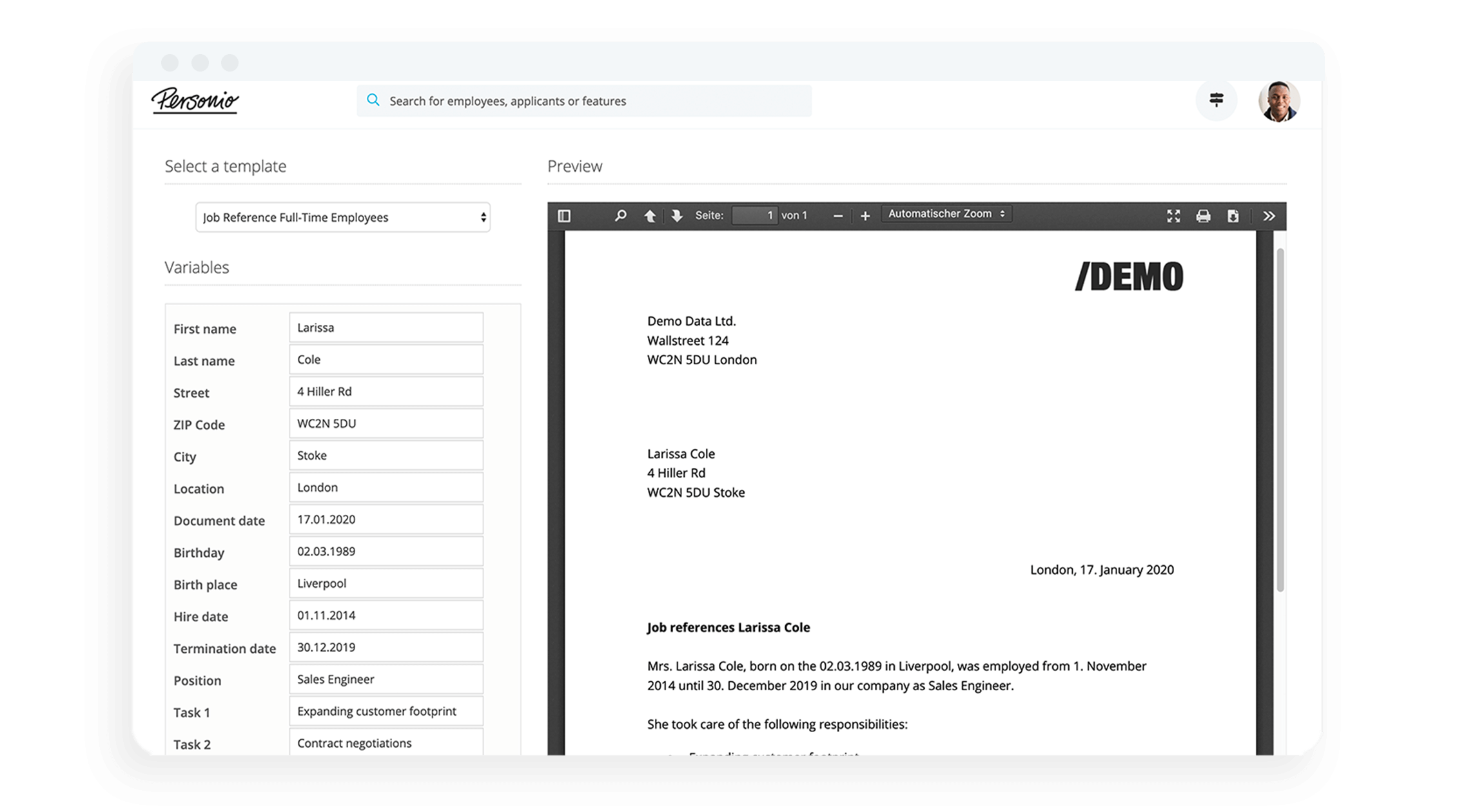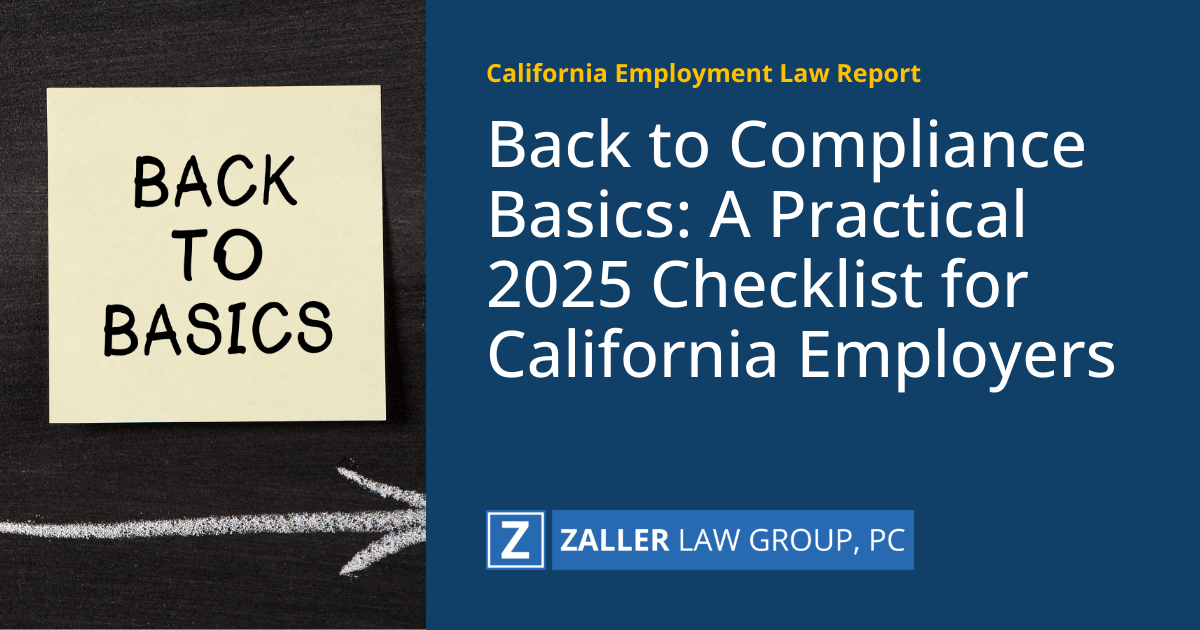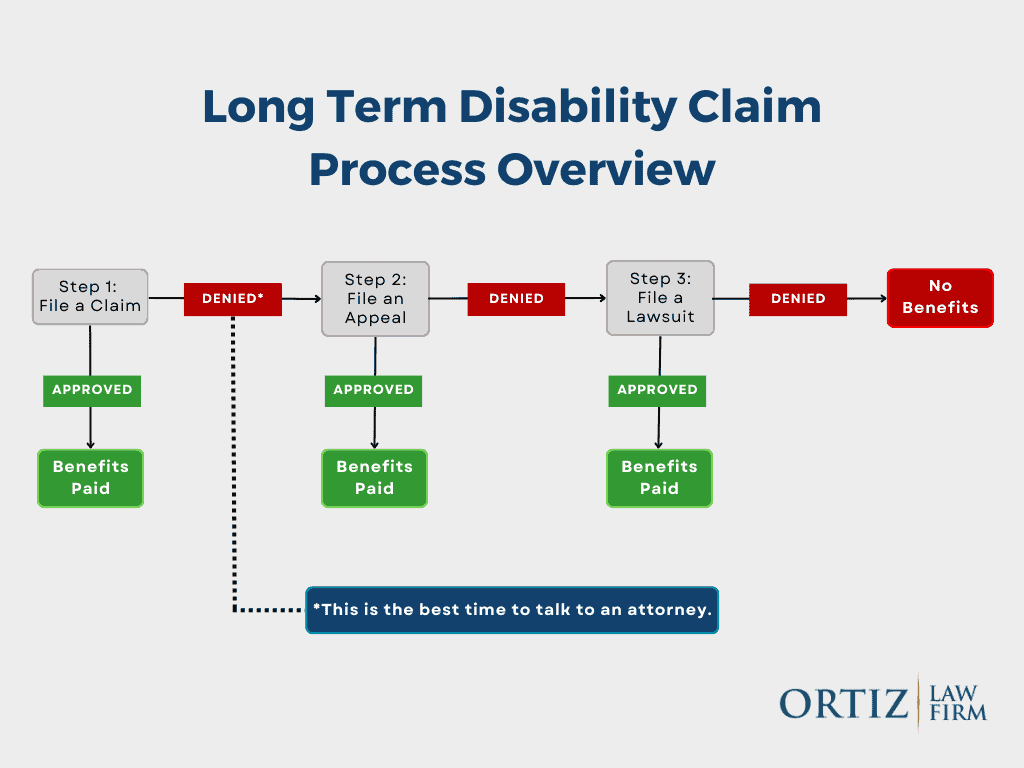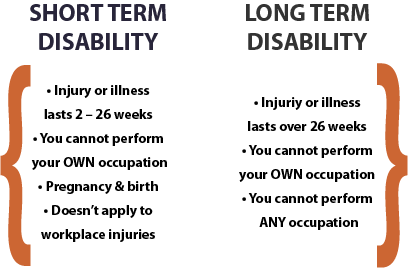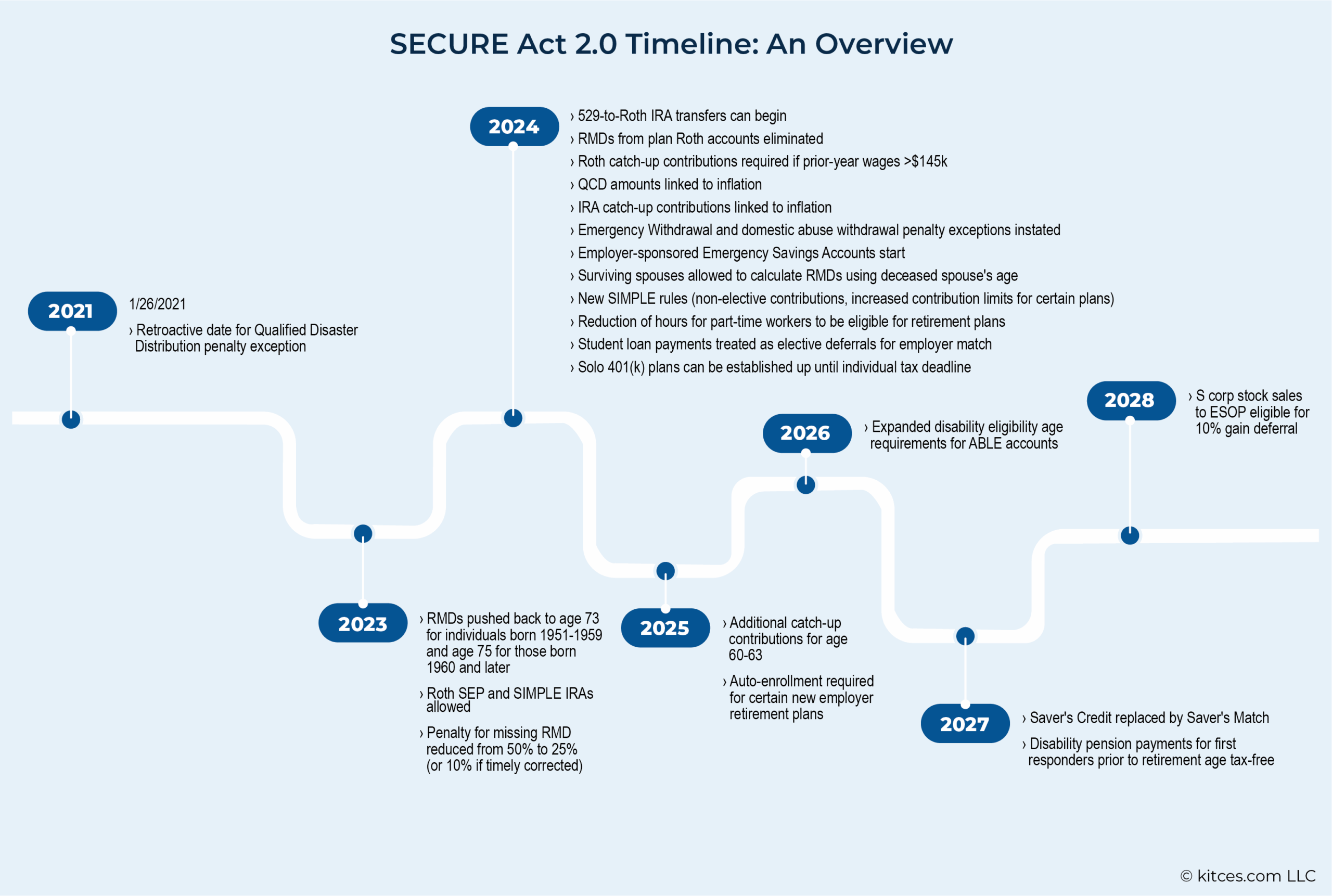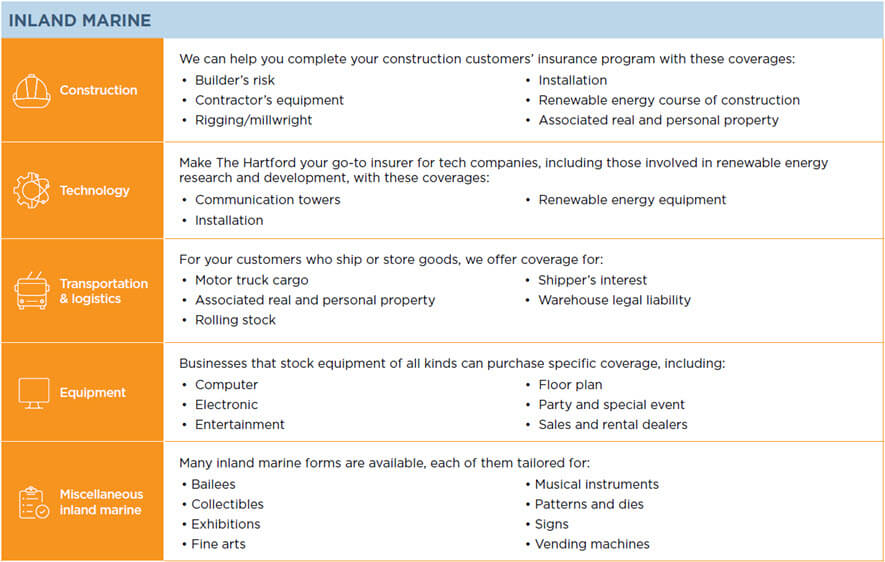In recent years, the concept of unlimited time off (UTO) has gained traction among forward-thinking companies aiming to boost employee satisfaction and productivity. Unlike traditional vacation policies, UTO offers flexibility, allowing employees to take time off as needed without strict limits. However, implementing such a policy requires careful planning to balance trust and accountability. This article provides a sample unlimited time off policy to help organizations create their own guidelines effectively. From eligibility and approval processes to performance expectations, we’ll explore key elements to include, ensuring a seamless transition to this modern workplace benefit. Start crafting your own UTO policy today and empower your team with greater work-life balance.
Here’s the subtitle and detailed content as requested:
How to Create an Unlimited Time Off Policy Sample for Your Company
Detailed Explanation: An Unlimited Time Off (UTO) Policy is a flexible leave approach where employees can take time off as needed, without strict limits on vacation or sick days. To create a successful policy, you must define clear expectations, eligibility criteria, and accountability measures to balance flexibility with productivity. Below are five key aspects to consider when drafting your policy. —
1. Understanding the Basics of an Unlimited Time Off Policy
An Unlimited Time Off Policy eliminates traditional leave structures, fostering trust and employee autonomy. However, it requires strong company culture, clear guidelines, and managerial support to avoid abuse.
| Element | Description |
|---|---|
| Flexibility | Employees control when and how much they take off. |
| Accountability | Work output, not hours, determines performance. |
| No PTO Payouts | Saves costs since unused days don’t accrue. |
—
2. Key Components of a Successful Unlimited Time Off Policy
A well-structured UTO policy outlines communication protocols, approval processes, and performance expectations.
| Component | Importance |
|---|---|
| Eligibility | Define which roles qualify (e.g., full-time vs. part-time). |
| Notice Period | Require advance requests for planning purposes. |
| Blackout Dates | Restrict time off during peak business periods. |
—
3. Pros and Cons of Implementing Unlimited Time Off
While UTO boosts morale, it may lead to inequities if not managed fairly.
| Pros | Cons |
|---|---|
| Attracts Talent | Potential for underutilization (employees take less time off). |
| Reduces Admin Work | Risk of inconsistency (some teams may abuse policy). |
| Encourages Responsibility | May blur work-life boundaries. |
—
4. Steps to Draft Your Unlimited Time Off Policy Sample
Follow a structured process to ensure clarity and fairness.
| Step | Action |
|---|---|
| 1. Define Goals | Align policy with company values (e.g., trust, productivity). |
| 2. Set Ground Rules | Clarify minimum notice, team coverage, and abuse consequences. |
| 3. Train Managers | Ensure consistent implementation across teams. |
—
5. Best Practices to Monitor and Improve Your Policy
Regularly audit and adjust the policy based on feedback and usage data.
| Practice | Benefit |
|---|---|
| Employee Surveys | Gauge satisfaction and identify issues. |
| Usage Reports | Track patterns (e.g., departments taking less time off). |
| Policy Reviews | Update guidelines annually to reflect company growth. |
Each of these H3 subtopics provides actionable insights for crafting or refining an Unlimited Time Off Policy that aligns with organizational needs.
How do I write an unlimited PTO policy?
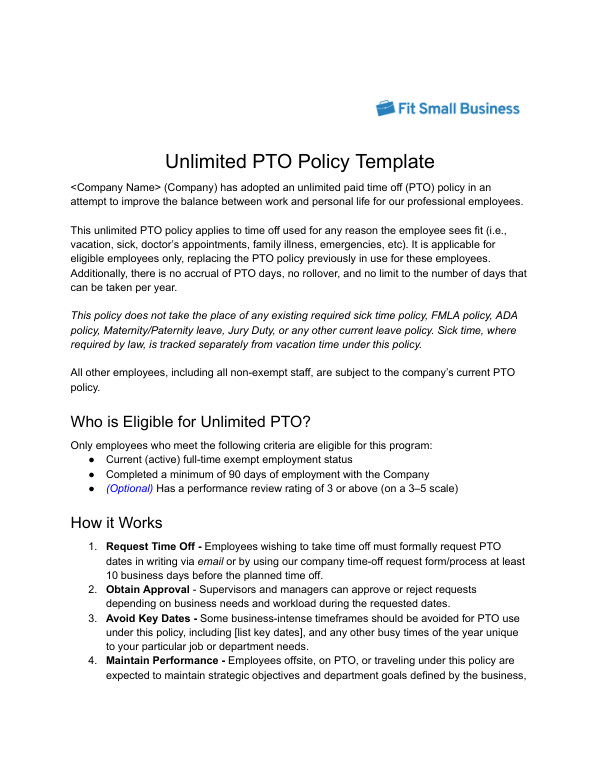
Understanding the Basics of an Unlimited PTO Policy
An unlimited PTO policy allows employees to take as much paid time off as they need, provided they meet performance and workload expectations. To draft this policy, start by defining the purpose, scope, and eligibility criteria. Ensure alignment with company culture and legal requirements. Key considerations include:
- Define clear expectations: Clarify that unlimited PTO doesn’t mean unlimited absences; employees must still meet deadlines and responsibilities.
- Establish approval guidelines: Specify how requests are approved (e.g., manager discretion, team coverage needs).
- Address abuse prevention: Outline consequences for misuse, such as performance reviews or disciplinary action.
Key Components to Include in Your Unlimited PTO Policy
Your policy should cover all critical aspects to avoid confusion or misuse. Here’s what to include:
- Eligibility: State who qualifies (e.g., full-time employees, after probation).
- Request process: Detail how employees request time off (e.g., advance notice, system used).
- Performance linkage: Emphasize that PTO approval depends on performance and workload.
Implementing and Communicating the Policy Effectively
Rolling out an unlimited PTO policy requires clear communication and training to ensure adoption. Follow these steps:
- Train managers: Equip them to handle requests fairly and consistently.
- Communicate benefits: Highlight how the policy supports work-life balance and productivity.
- Monitor usage: Track patterns to ensure fairness and address potential issues early.
What is an example of a time off policy?
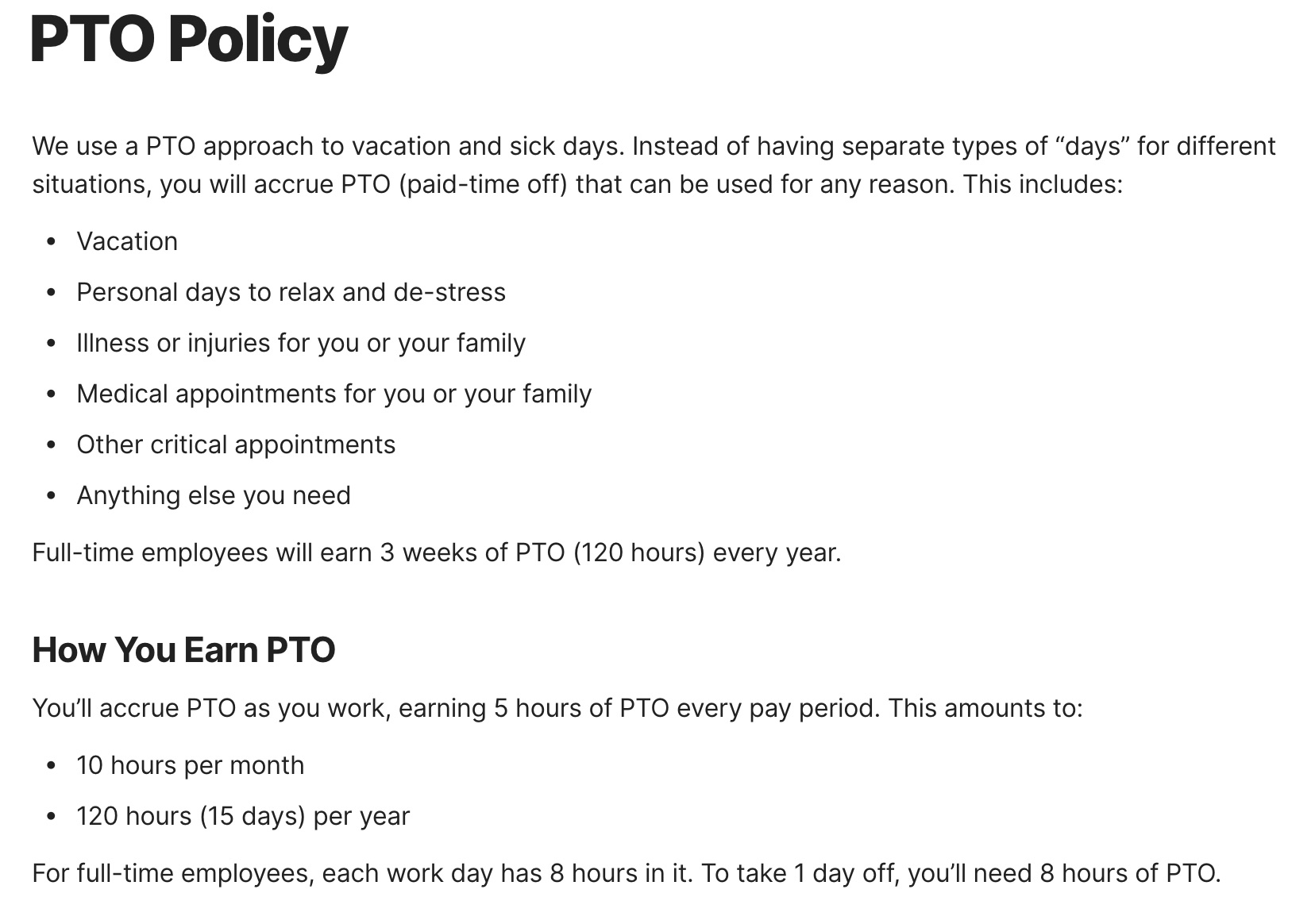
Standard Time Off Policy Example
A common time off policy includes provisions for paid leave, unpaid leave, and sick days. For instance, a company might offer:
- 10 paid vacation days per year, accruing monthly.
- 5 sick days annually, with documentation required after 3 consecutive days.
- Unpaid leave for emergencies, subject to manager approval.
Flexible Time Off Policy Example
A flexible time off policy allows employees to take leave based on workload and priorities. Key features may include:
- Unlimited PTO, granted with manager approval and performance considerations.
- Mandatory minimum of 5 days off per year to encourage work-life balance.
- Blackout periods during peak business seasons where time off is restricted.
Accrual-Based Time Off Policy Example
An accrual-based policy lets employees earn time off gradually. A typical structure involves:
- 1.25 vacation days earned per month (15 days annually).
- Rollover allowances of up to 5 unused days into the next year.
- Cash-out options for unused days at the end of the year, at 50% of the daily rate.
Why is unlimited PTO a trap?
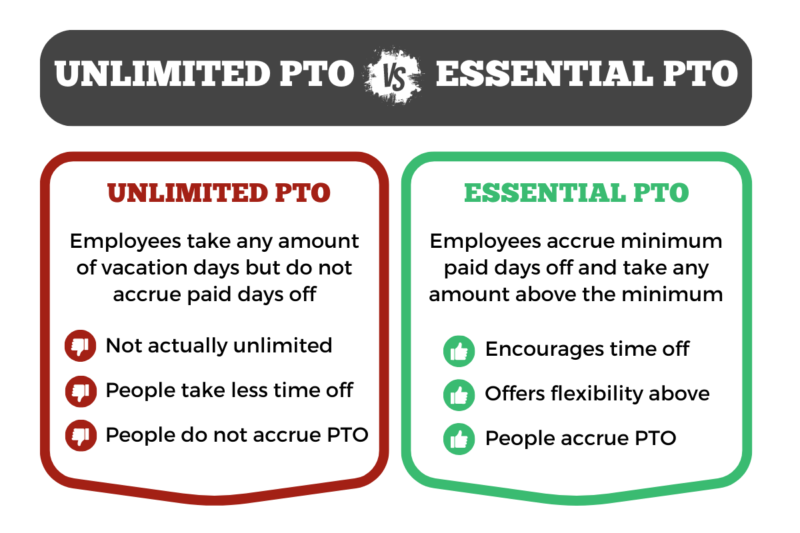
Why Unlimited PTO Can Lead to Less Time Off
While unlimited paid time off (PTO) sounds like a dream, it often results in employees taking fewer vacation days compared to structured PTO policies. Without clear guidelines, workers may feel guilty or anxious about taking time off, fearing they’ll be seen as less committed. Additionally, the lack of formal accrual means employees have no use it or lose it incentive, further discouraging breaks.
- No clear boundaries: Employees struggle to gauge how much time is acceptable to take.
- Peer pressure: If teammates rarely take PTO, others may follow suit to avoid standing out.
- Manager dependency: Approval hinges on individual managers, creating inconsistency and potential bias.
The Hidden Costs for Employees
Unlimited PTO often shifts the financial burden of unused time off onto employees. Traditional PTO policies require companies to pay out accrued days upon resignation or termination, but with unlimited PTO, workers forfeit that payout. This can lead to significant losses, especially for long-term employees who would have otherwise accumulated substantial leave.
- No payout at separation: Unlike accrued PTO, unlimited days don’t translate to financial compensation.
- Increased burnout: Employees skip vacations to appear dedicated, harming mental health.
- Unequal access: High performers or those in demanding roles may feel unable to take time off.
How Companies Benefit More Than Employees
Employers often adopt unlimited PTO as a cost-saving measure disguised as a perk. By eliminating accrued liabilities, companies improve their balance sheets while placing the responsibility of time management entirely on employees. This setup can also mask labor shortages, as teams stretch themselves thinner to cover workloads when peers are absent.
- Reduced accounting liabilities: Companies no longer owe payouts for unused PTO.
- Culture of overwork: Ambiguous policies encourage presenteeism and discourage breaks.
- Recruitment marketing: The policy attracts talent but doesn’t always deliver real benefits.
Frequently Asked Questions
What is an unlimited time off policy?
An unlimited time off policy is a flexible leave system where employees are not restricted by a fixed number of vacation or sick days. Instead, they can take time off as needed, provided they meet performance expectations and manage their workload responsibly. This approach promotes work-life balance, empowers employees, and fosters trust within the organization. Companies adopting this policy often see improved morale and productivity, but it requires clear guidelines to prevent abuse.
How does an unlimited time off policy benefit employers?
An unlimited time off policy benefits employers by reducing administrative burdens associated with tracking accrued leave. It also attracts top talent, as job seekers increasingly prioritize flexibility in the workplace. Additionally, it helps build a culture of trust and accountability, where employees are judged by results rather than hours worked. However, employers must set clear expectations and ensure fair implementation to maximize these benefits.
What challenges come with implementing an unlimited time off policy?
While the unlimited time off policy offers many advantages, its implementation can present challenges. Employees may hesitate to take sufficient time off due to fear of judgment or workload concerns, defeating the policy’s purpose. Additionally, without proper guidelines, inconsistencies in approval can lead to dissatisfaction. Employers must foster a supportive environment, encourage time off, and establish clear communication to address these challenges effectively.
How can companies create an effective unlimited time off policy?
To create an effective unlimited time off policy, companies should start by defining clear expectations and eligibility criteria. Managers must lead by example, taking time off themselves to normalize the practice. Regular check-ins and performance metrics ensure accountability, while open communication channels help address concerns. Providing a sample policy template can guide employees and maintain consistency, making the transition smoother for everyone involved.
